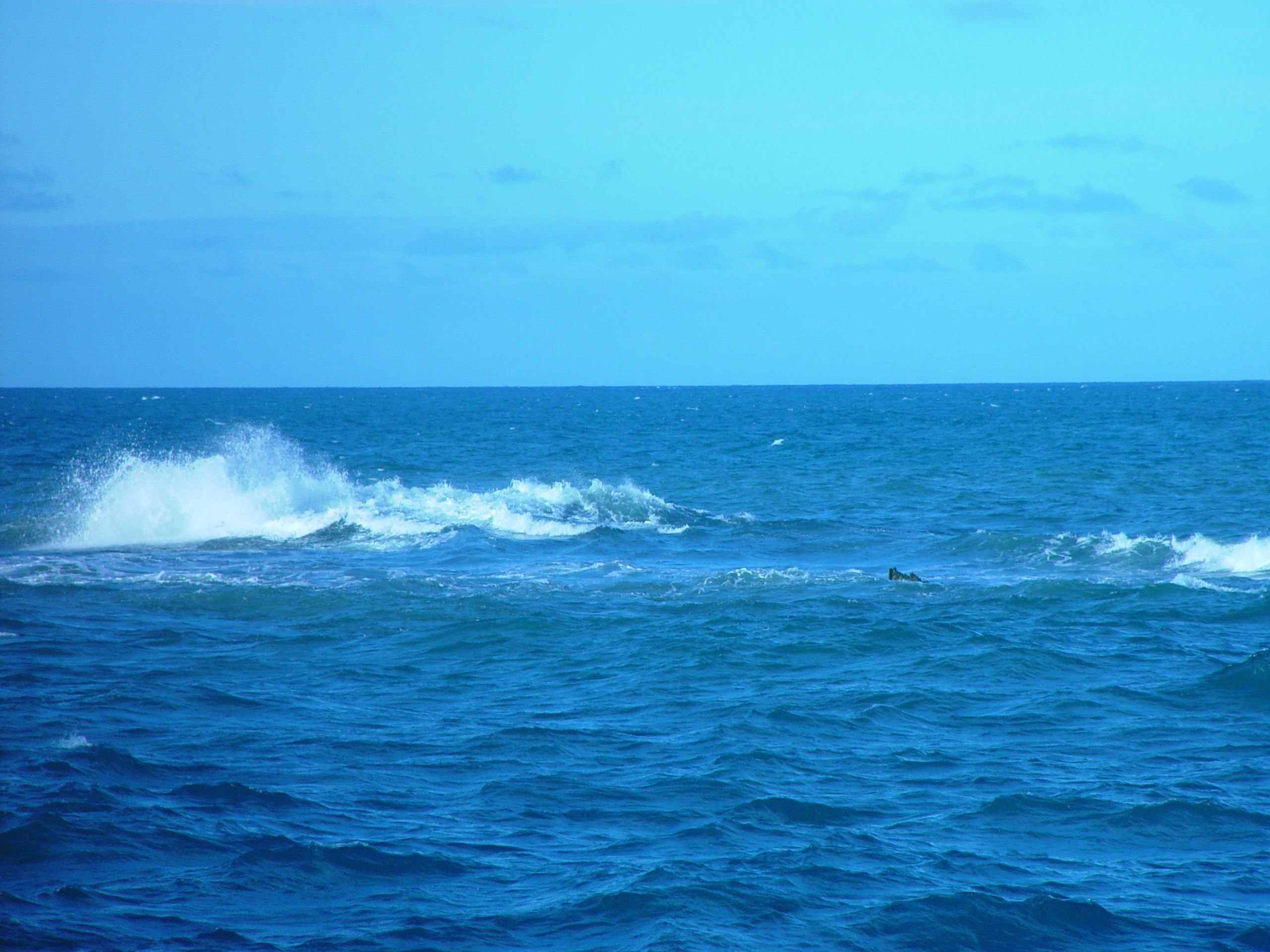Tides are the rising and falling of the water level in the sea and in the ocean. More known as ebb and flow. They depend primarily on the attraction of the moon and the sun. The terrain and depth are also important. Their energy is used in special tidal power plants, the first of which was built off the coast of France in 1967. It is also the largest tidal power plant. Twenty-four turbines are in operation there. Other tidal power plants are built in Great Britain, Russia, Canada, and China. The energy contained in the water offers many possibilities. You can use not only the energy of falling water or waves but much more.
Location
The best place to build a tidal power plant is to connect the water reservoir to the sea in a location with large water drops. There will be a dam with water turbines installed there. They are driven by changes in water level.
Undersea Mills
It is such a greener idea of using water movement. Water turbines are located below sea level where the movement of water is frequent, such as in a strait. They look like underwater windmills. They are located low enough that ships can freely pass over them. It also spin so slowly that they do not threaten the fish that live there.
Is It Profitable?
A huge advantage of such power plants is the lack of fuel demand. It is also important that they operate regardless of weather conditions. The tides are always the same – no matter what the weather is like. Unfortunately, such tidal power plants are very expensive, so the energy produced is quite expensive.
The Energy Of Sea Waves
Waves caused by wind can reach heights of up to 20 meters. Earthquakes and volcanic eruptions produce seismic waves. Then arise the so-called tsunami waves that reach great heights and bring destruction.
There are two solutions to harness the energy of the sea waves to drive either a water or an air turbine. In the first solution, seawater, pushed by successive waves, flows through a narrowing adit into the reservoir at the top. When there is sufficient water in the reservoir, it overflows through the vent and drives a tubular Kaplan turbine coupled to the generator.
After flowing through the turbine, the water returns to the sea. In the second solution, the reservoir is built on the seashore platforms. The waves pour on the base of the platform and force the air out to the top of the tank. Compressed by the waves, the air sets the Wells turbine in motion, which drives the generator.
The power of the waves is estimated at 3 TW, but the use of this energy causes some difficulties. The biggest problem is the variability of wave height and the durability of the power plant. The most important ways to convert wave energy to electricity are pneumatic, mechanical, induction, and hydraulic power plants.
Energy Of Sea Currents
Sea currents are one of the primary factors that stimulate the circulation of water in the ocean. They are formed under the influence of:
- air pressure and water friction (wind) against the ocean surface,
- differences in water density caused by changes in temperature and salinity,
- differences in the height of the mirror level in adjacent parts of the ocean,
- the gravitational forces of the sun and moon.
- Sea currents have a 7-tonne-watt (TW) rating. However, its use is close to zero due to technical problems and fear of disturbing the natural balance. Many researchers believe that sea currents are fundamental to the climate and depleting their energy, however small, could lead to unpredictable climate change.






